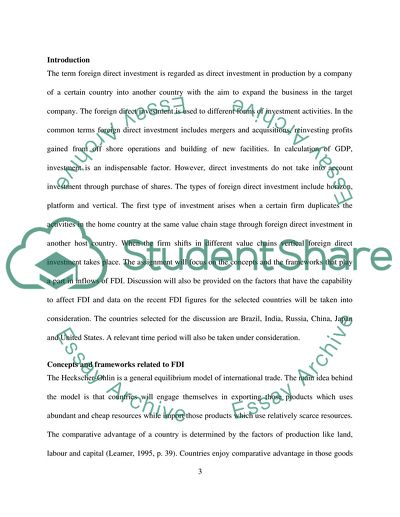Cite this document
(Concepts and Frameworks Related to FDI Dissertation - 7, n.d.)
Concepts and Frameworks Related to FDI Dissertation - 7. Retrieved from https://studentshare.org/social-science/1791497-economics
Concepts and Frameworks Related to FDI Dissertation - 7. Retrieved from https://studentshare.org/social-science/1791497-economics
(Concepts and Frameworks Related to FDI Dissertation - 7)
Concepts and Frameworks Related to FDI Dissertation - 7. https://studentshare.org/social-science/1791497-economics.
Concepts and Frameworks Related to FDI Dissertation - 7. https://studentshare.org/social-science/1791497-economics.
“Concepts and Frameworks Related to FDI Dissertation - 7”, n.d. https://studentshare.org/social-science/1791497-economics.


